More about streets.
When I initiated this column, Postcards, I suggested several topics to write about, not to exclude topics of your own choosing. One of the suggestions was “First impressions upon moving here.”
Below is the first postcard I have received on that topic - from Andrea Robb-Grulli:
‘Twas The Night Before Christmas
My husband and I have lived for half a century in Northern Nevada towns.
Winter snows in other towns always slowed or stopped safe traffic on the streets. Major streets were plowed but on side streets snows were often left to melt away—if there was sunshine.
We moved to Fallon on December 21. The third day we were in Fallon, I was busy unpacking our belongings and heard a strange, muffled sound out in the street.
“It was the Night Before Christmas and what to my wondering eyes should appear”—not eight tiny reindeer but a street sweeper thoroughly cleaning the street of a sprinkle of snow.
There was only enough snow to make the pavement white. When the sweeper moved on its way not a snowflake was to be seen.
What a town we had moved to. No slippery streets to contend with when it snows.
Let’s keep those first impressions coming in.
Robb-Grulli’s memory of Christmas snow gives tribute to the many fine City of Fallon services we all enjoy but sometimes take for granted. Her postcard also furthers my thinking on a topic I have been writing about - Fallon’s streets.
I drove down Ferguson Street yesterday and thought about how its name memorializes a unique part of Lahontan Valley’s history. Modern-day Fergusons still live among us, proving that the Ferguson legacy is long-lived.
Some of you are familiar with Thompson and West’s “History of Nevada,” published in 1881. The Churchill County section of the book provides a snapshot of our particular place at one particular time, and the name Jackson Ferguson is prominent in the account. The brief biography states that Ferguson was born in Cuyahoga, County, Ohio in 1832. He grew up on a farm and married Miss Elizabeth Peugh before following dreams of gold to California, first by himself in 1854, then later, accompanied by his family, in 1862. They made their way to Nevada, probably in the late 1860s and purchased 740 acres in St Clair District, Churchill County. In 1878, his ranch became the Post Office for the St. Clair District, and Ferguson was appointed Postmaster. He was elected to the Nevada Assembly in 1878, representing his county “with honor and fidelity.” We also learn from Thompson and West that Ferguson “is the fortunate father of five sons and one daughter…with one daughter sleeping in the churchyard.”
Of local interest as well is Jackson Ferguson’s leadership in the Seventh-Day Adventist movement here. He held a meeting of local fellow church members in Stillwater on the first of June 1876, with 22 people in attendance. An impressive number for that early date in our sparsely populated county.
Let me put some pieces of the street name/Ferguson story together. The stately Seventh Day Adventist Church was built in 1950 on the corner of Ferguson and Esmeralda Streets and designed to seat 225 worshippers. The property had been purchased many years earlier from the Ferguson family and had once been part of the Ferguson Ranch. If you have not paid attention to this imposing white two-story structure, it’s worth your time to do so.
In any case, the Ferguson Street name is more than just a name. It’s a part of who we are.
Send your postcard to [email protected]. Last week, I left a letter out of the email address, so my apologies. This week, the address is correct.


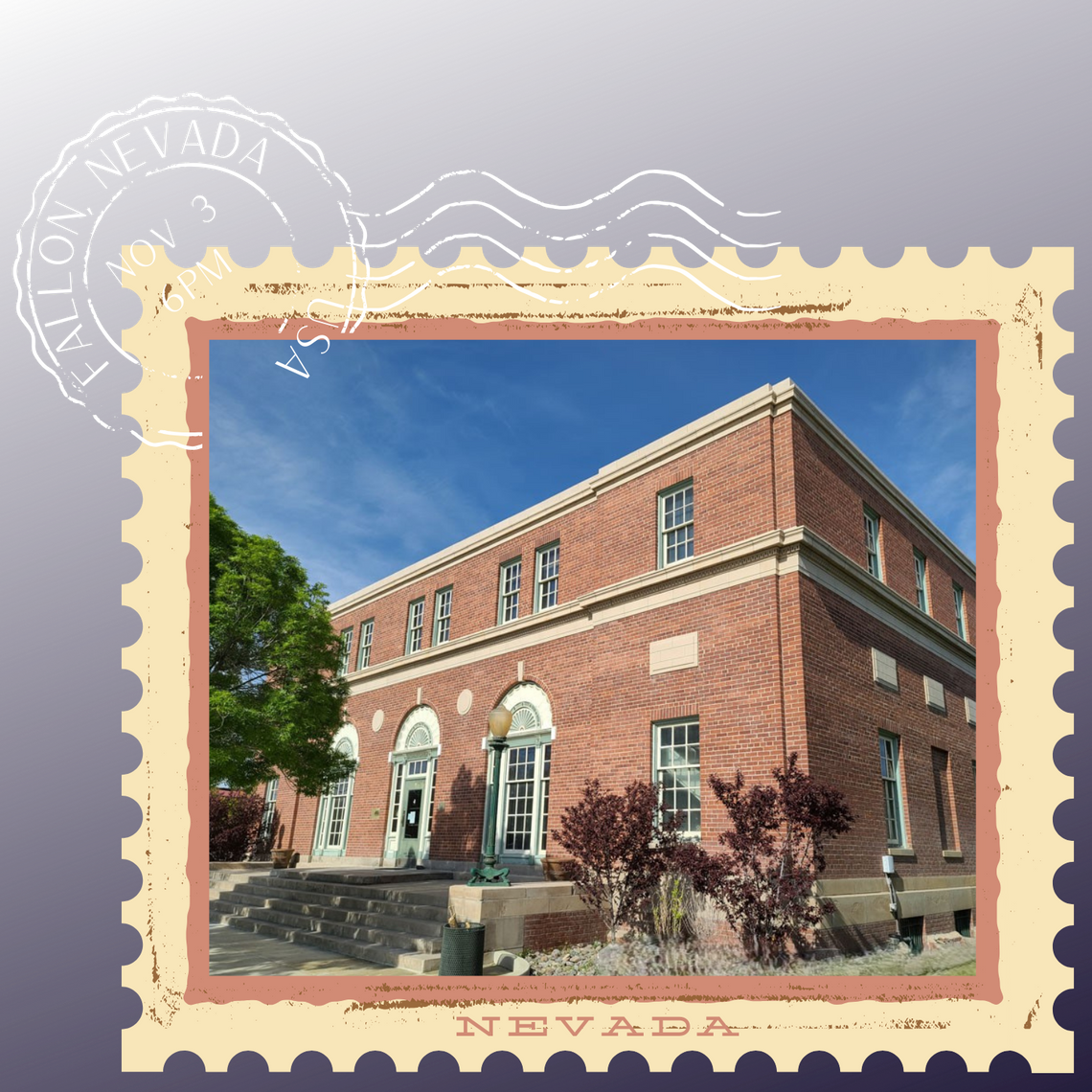
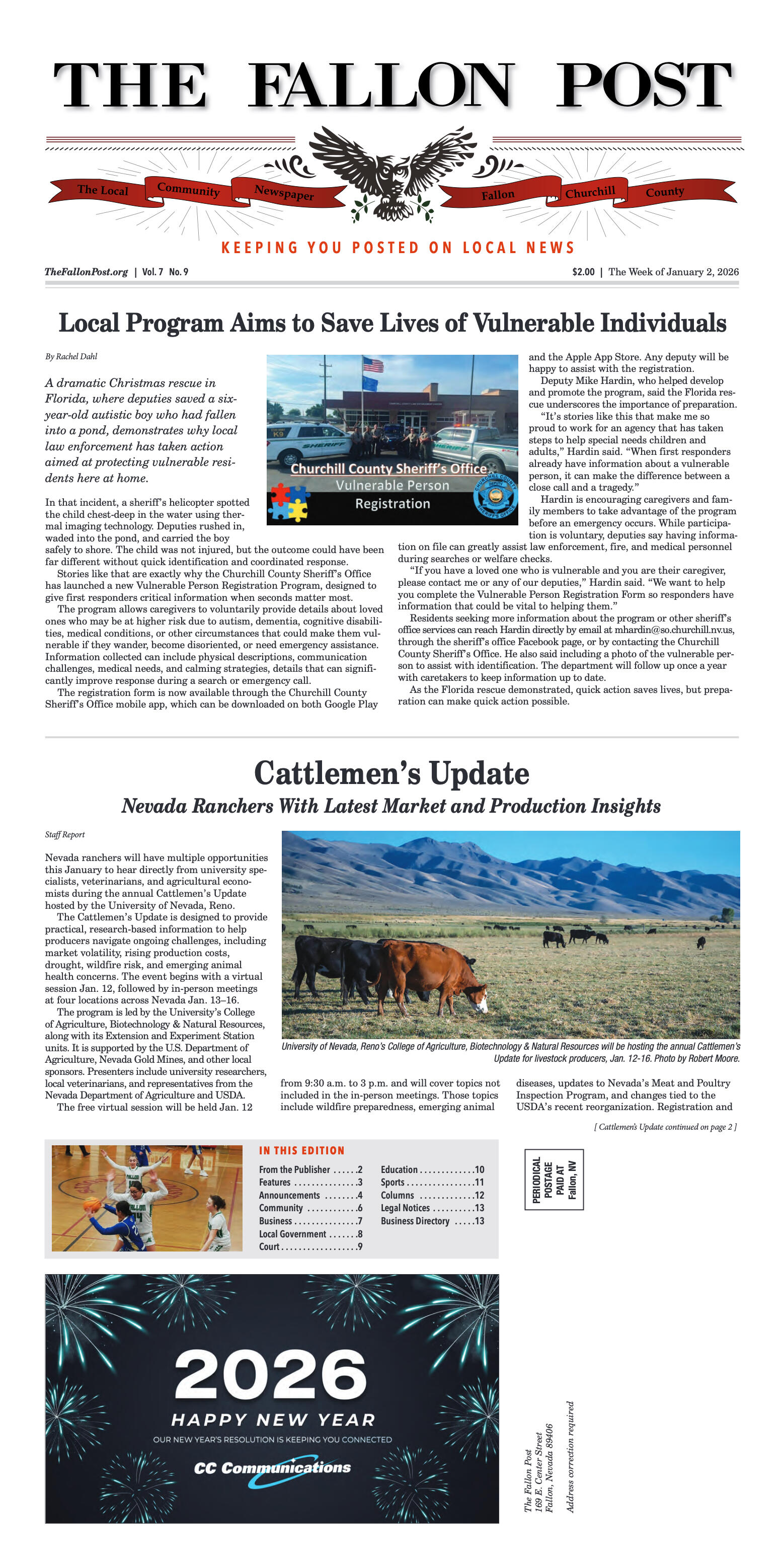
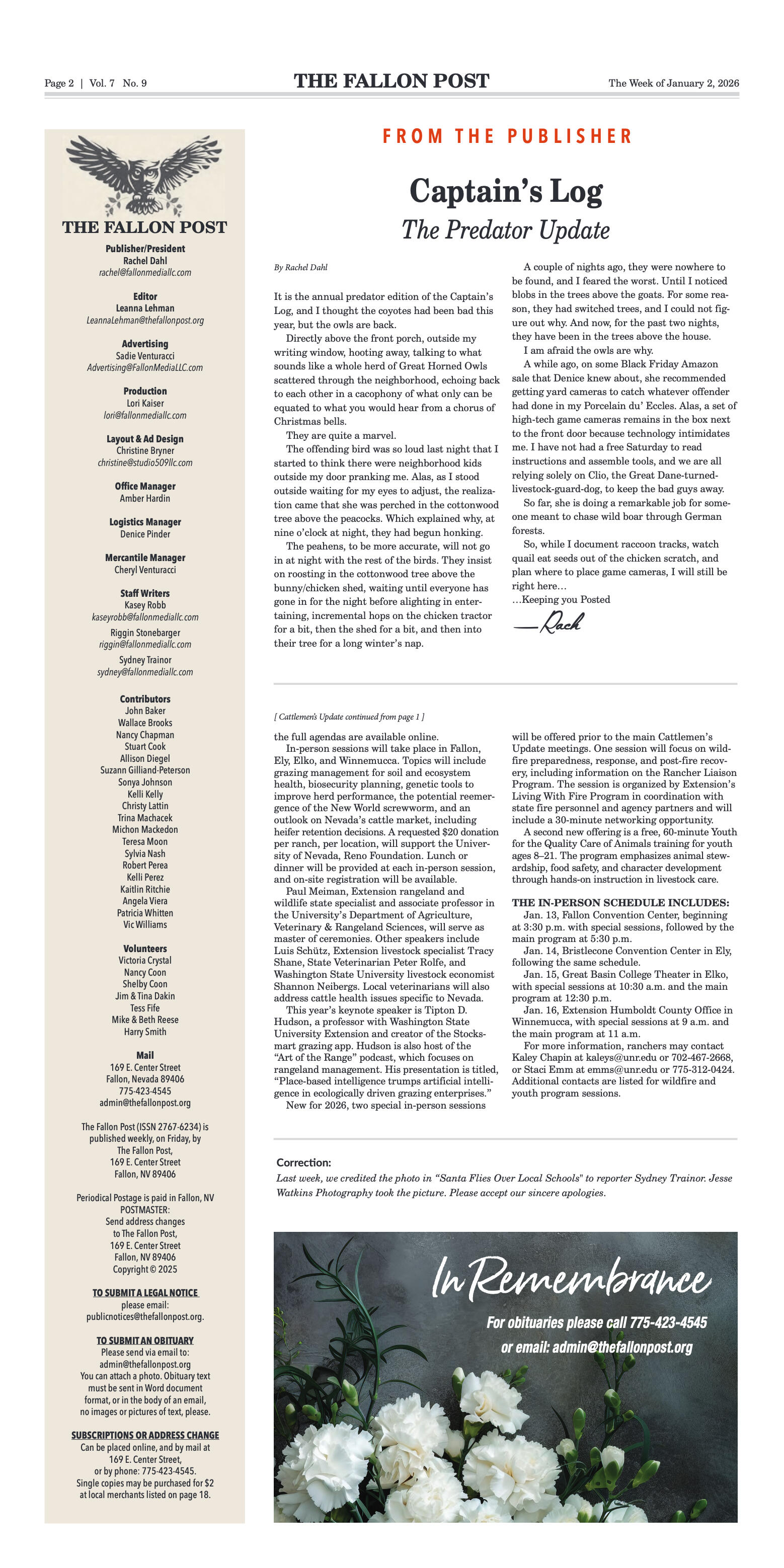
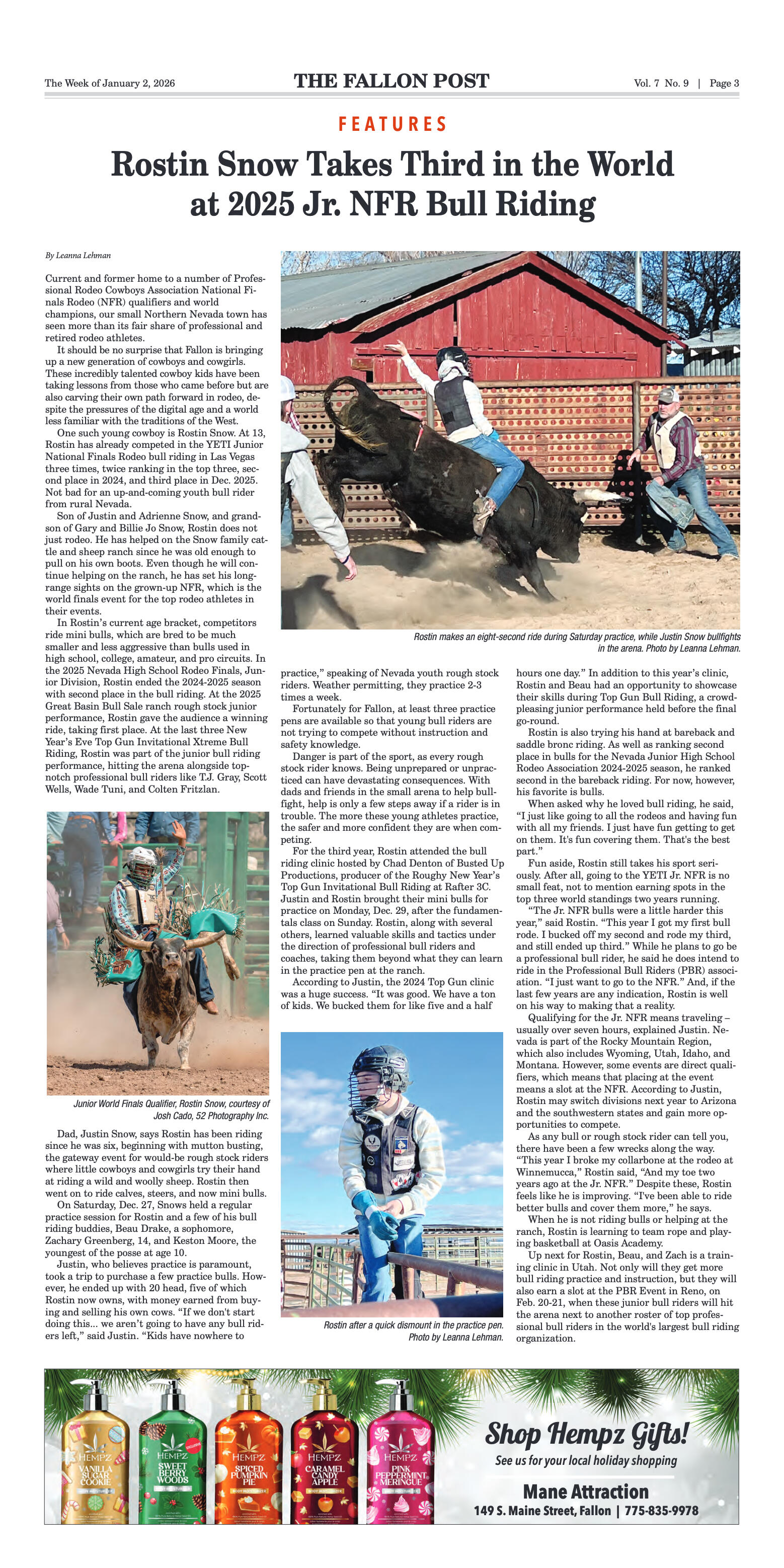
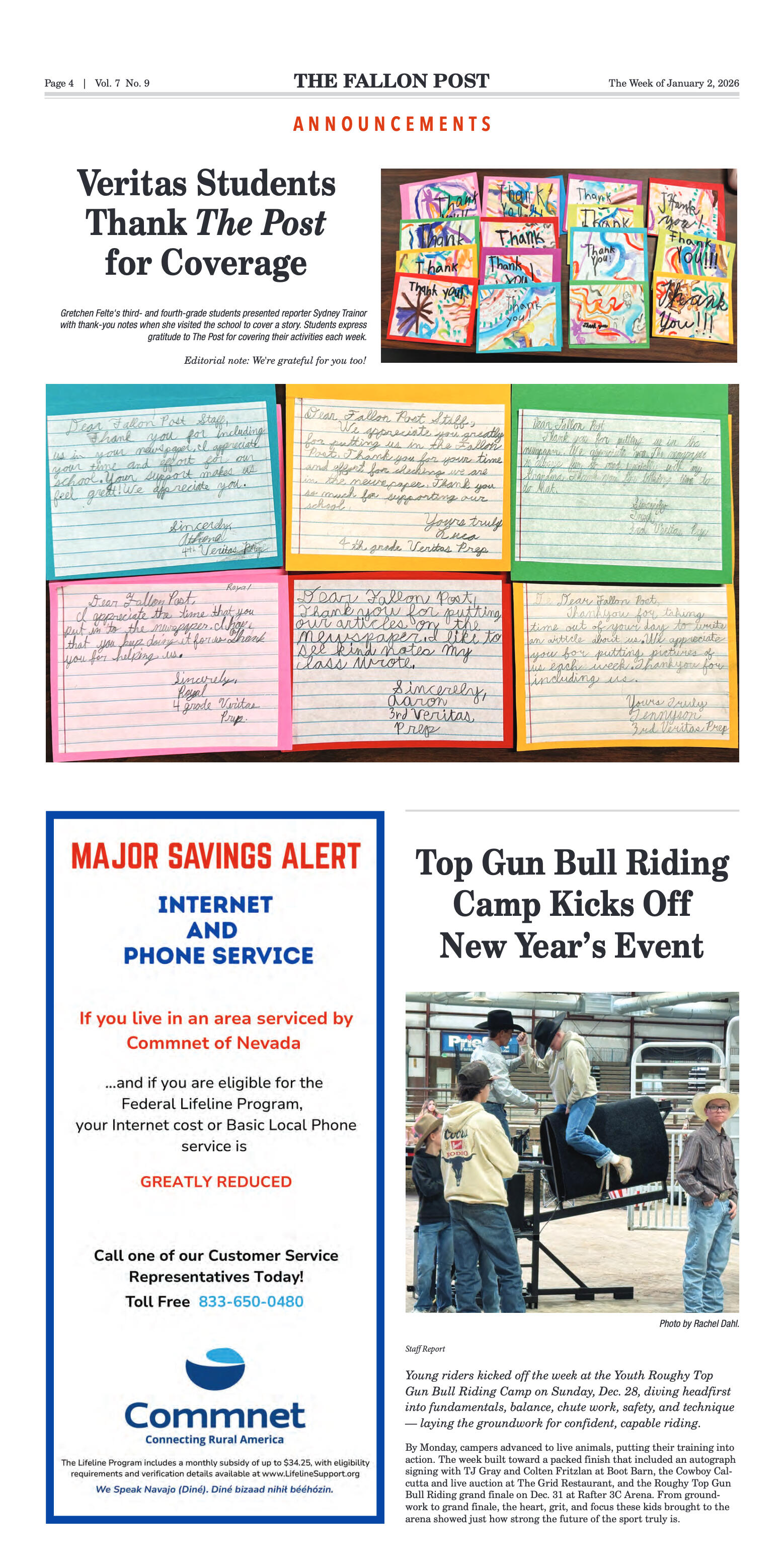
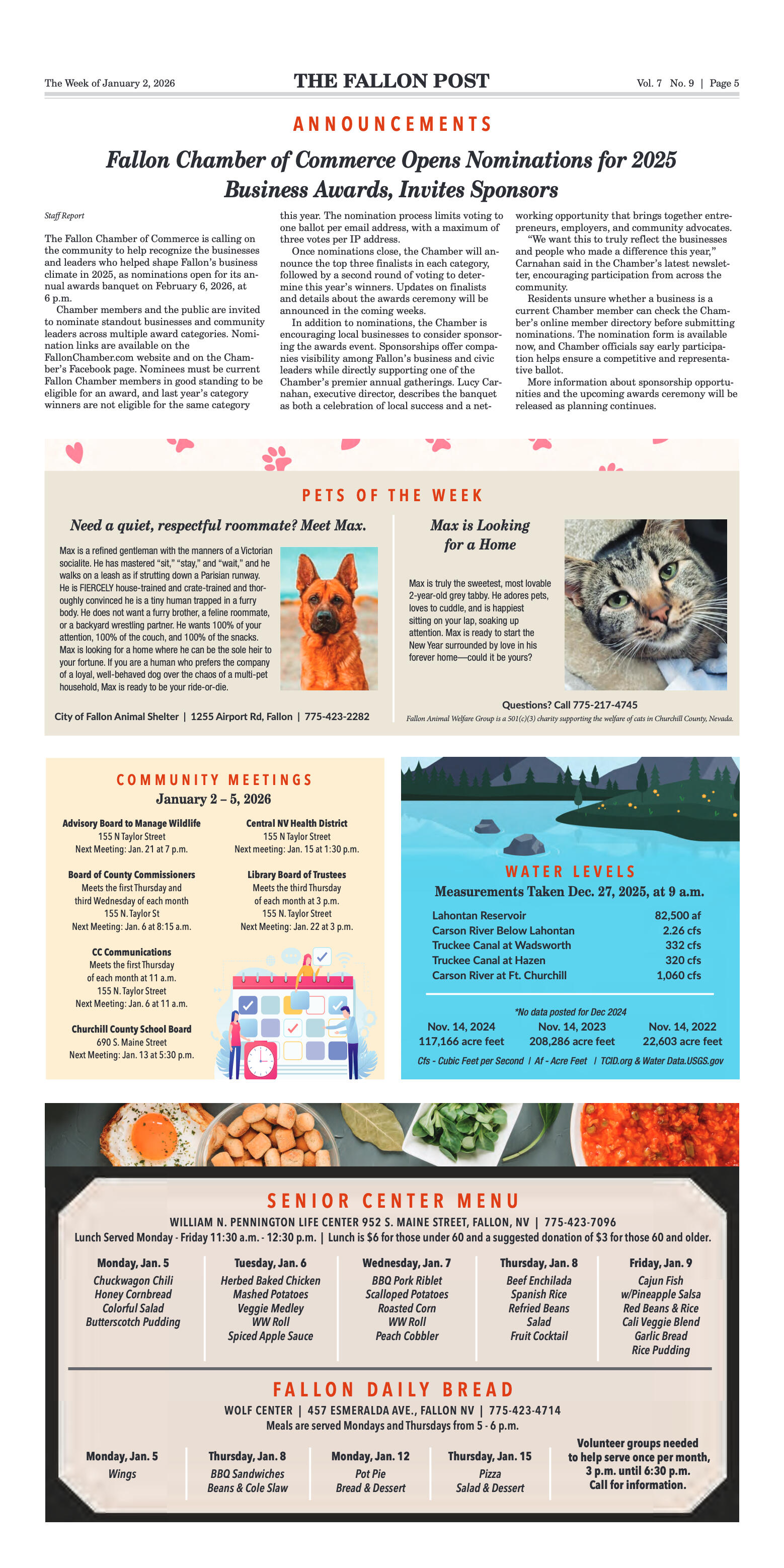
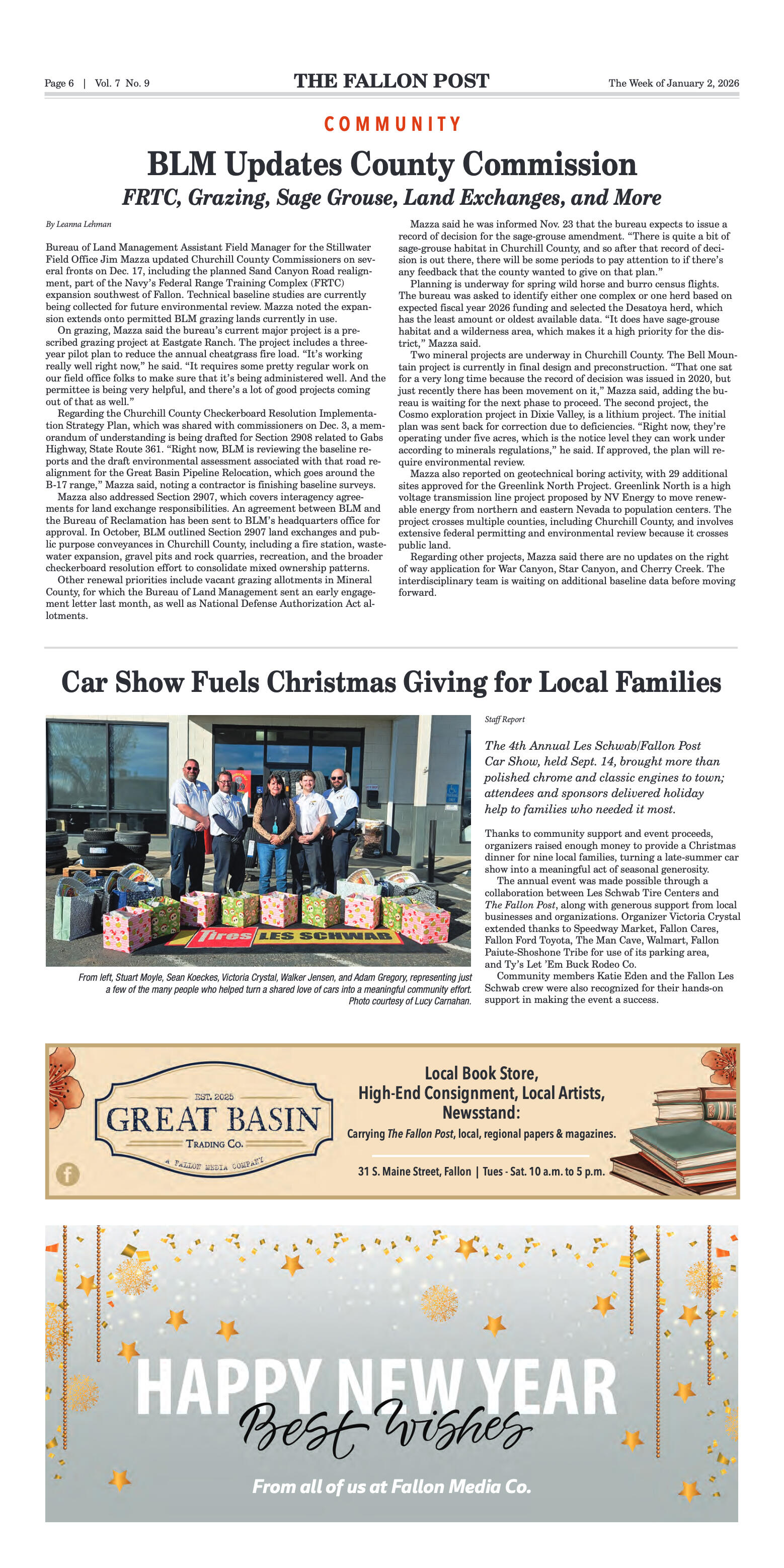
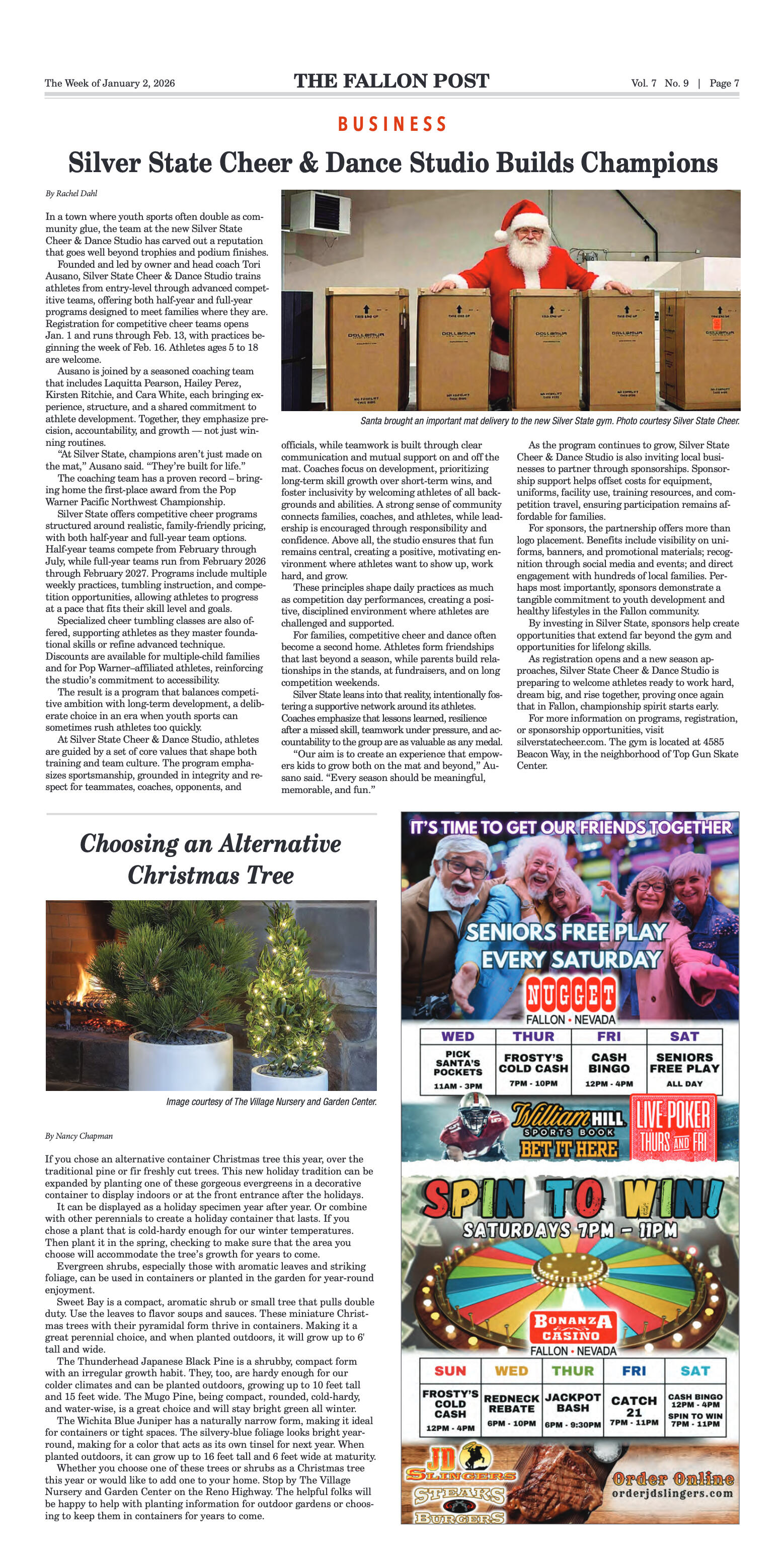
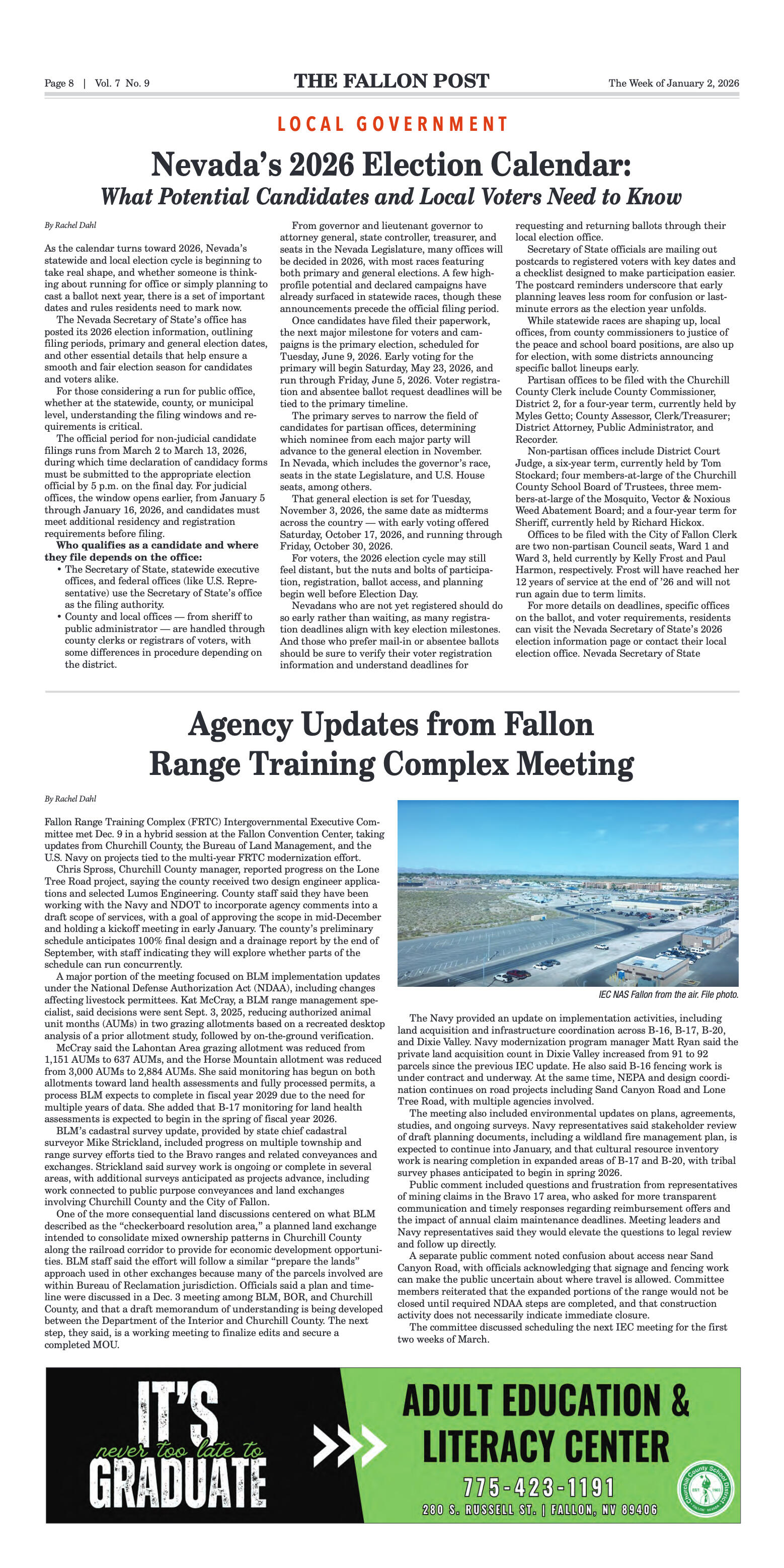
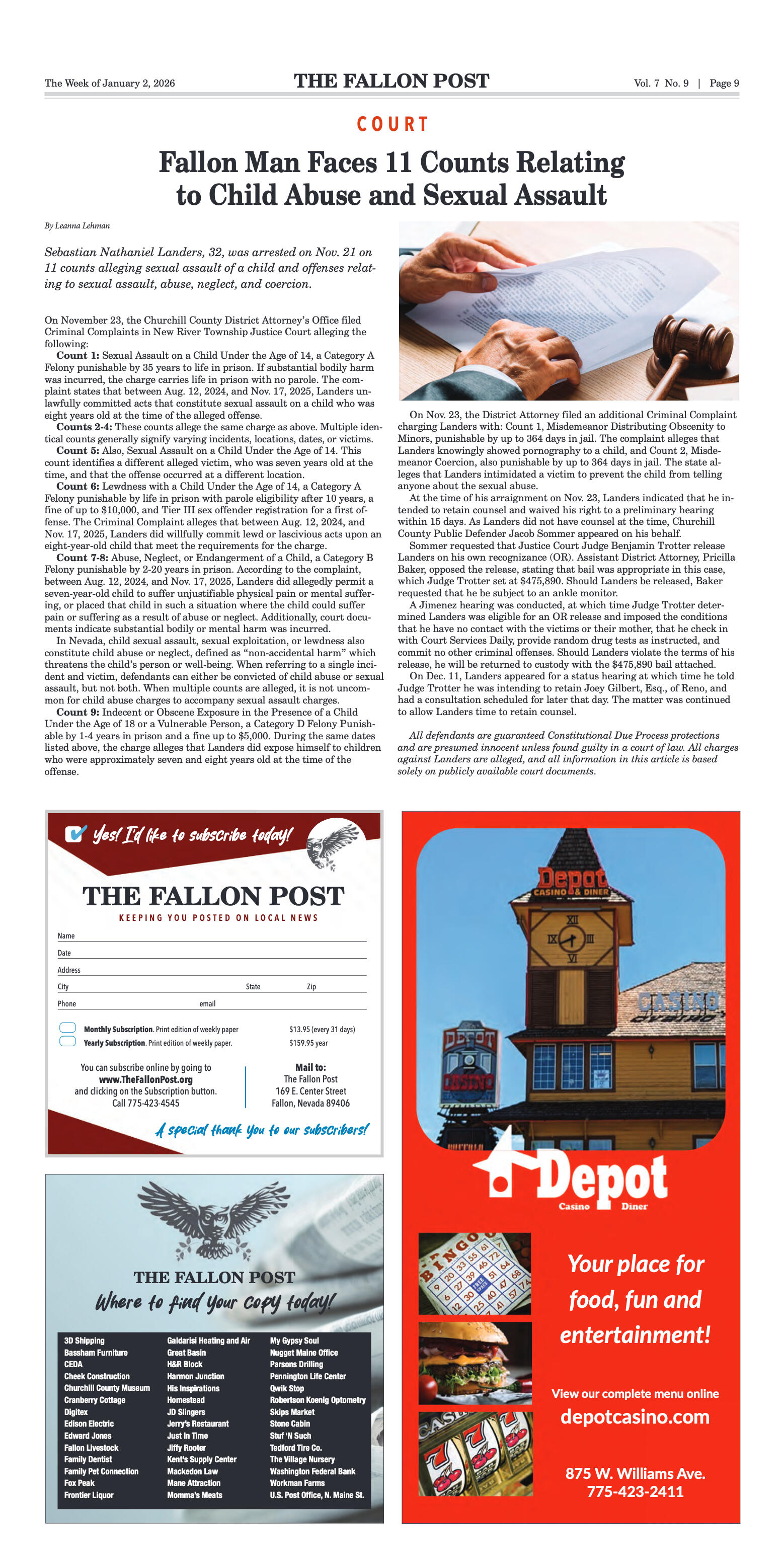
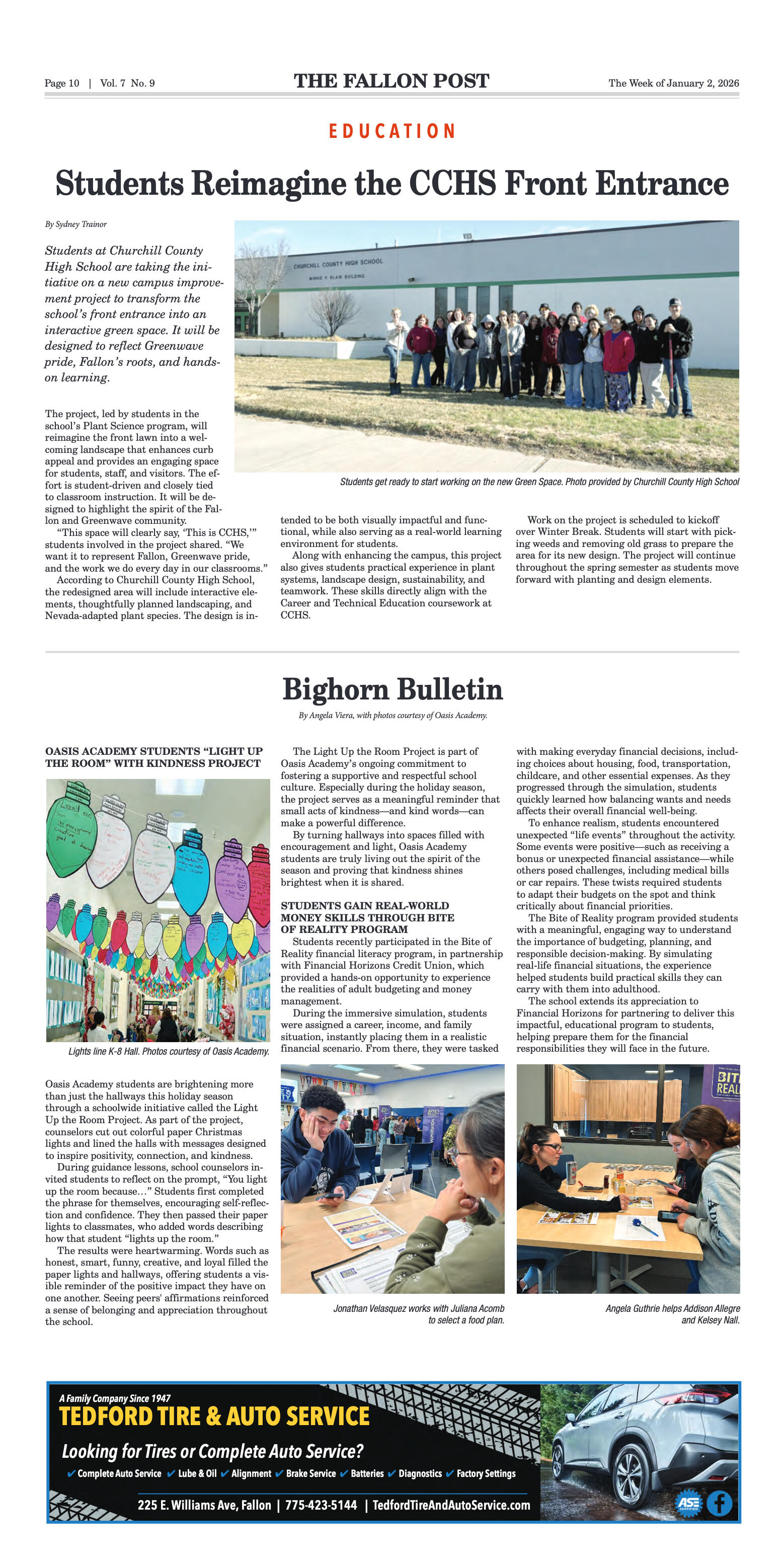
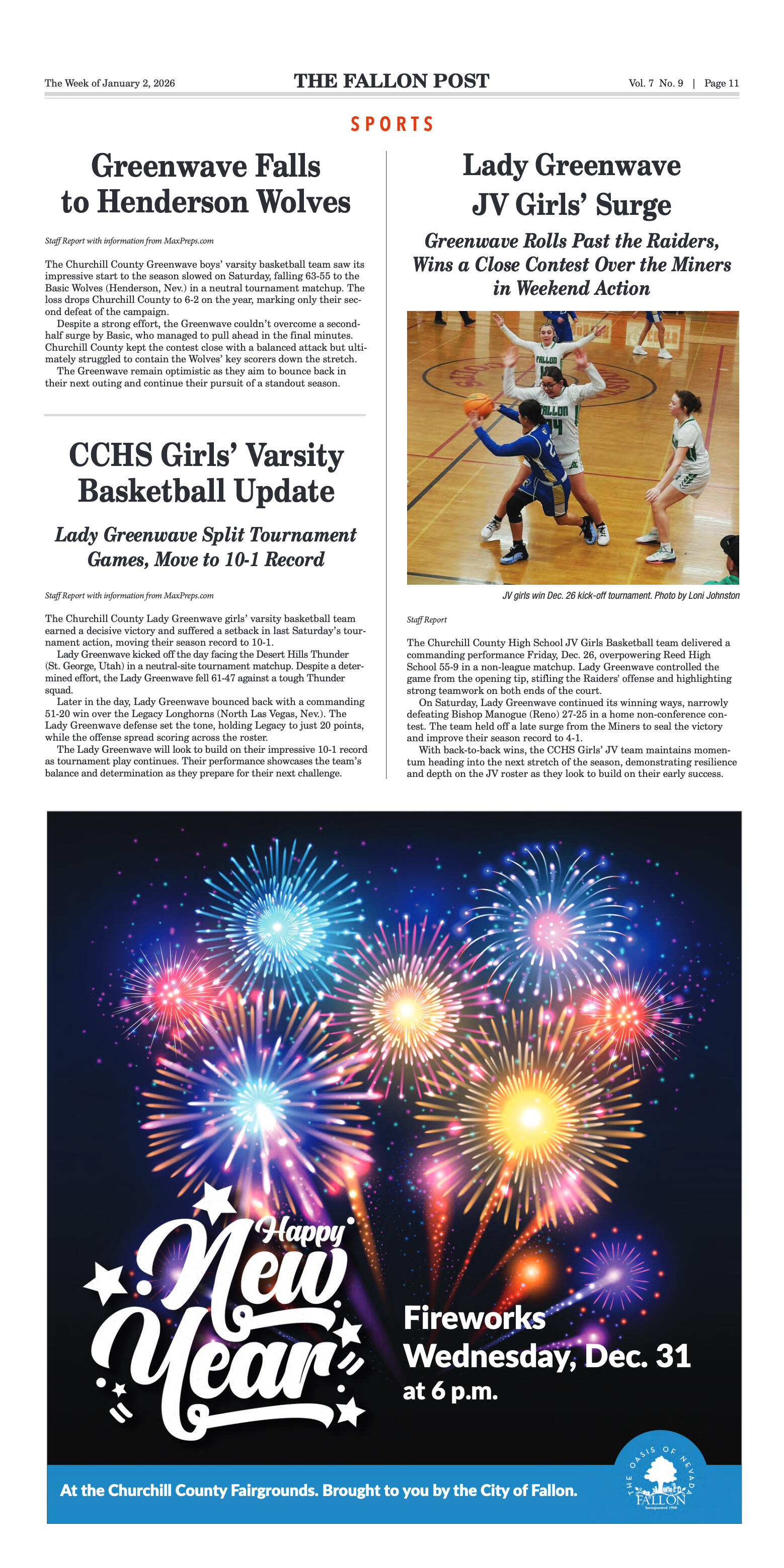
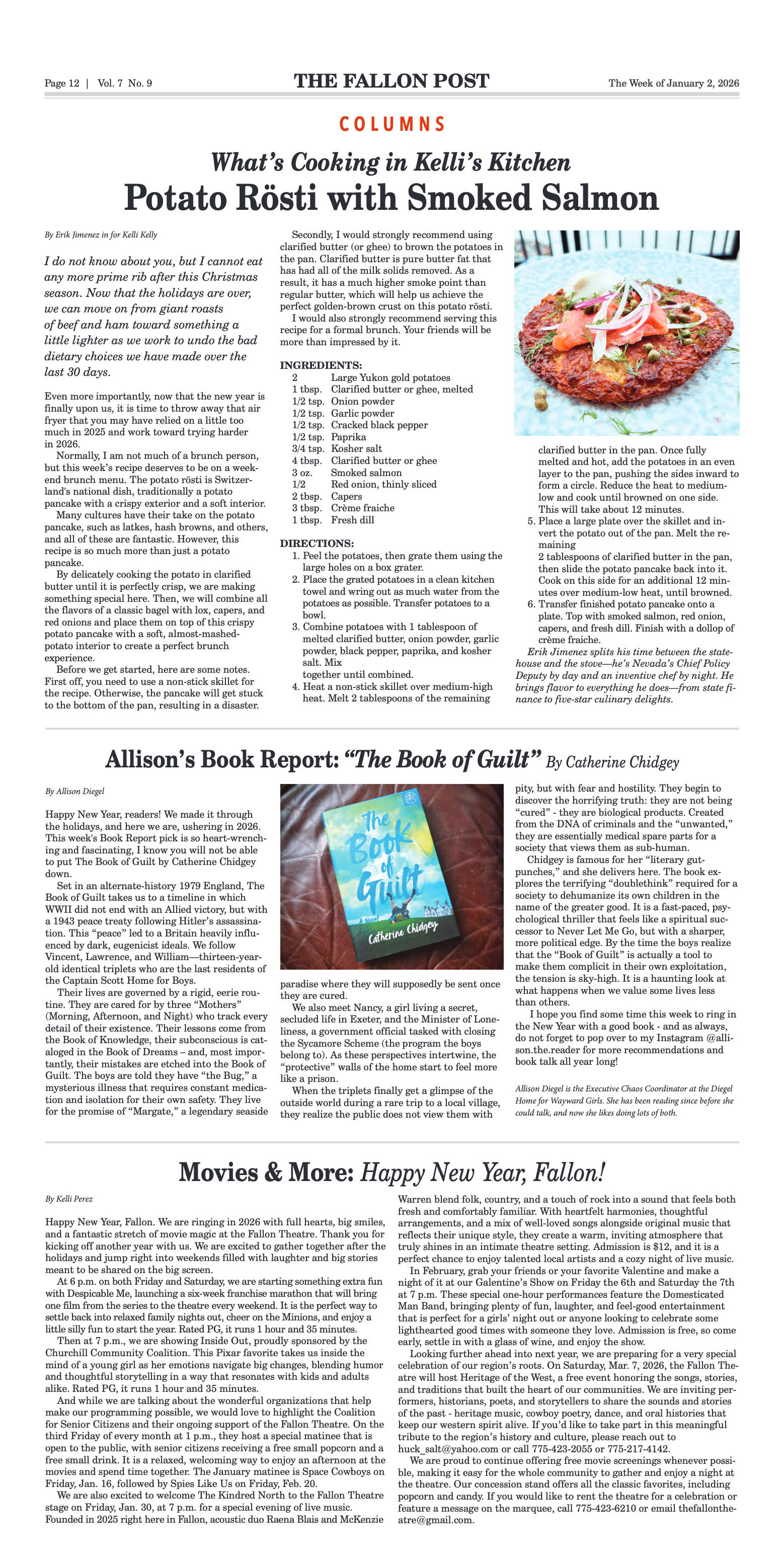
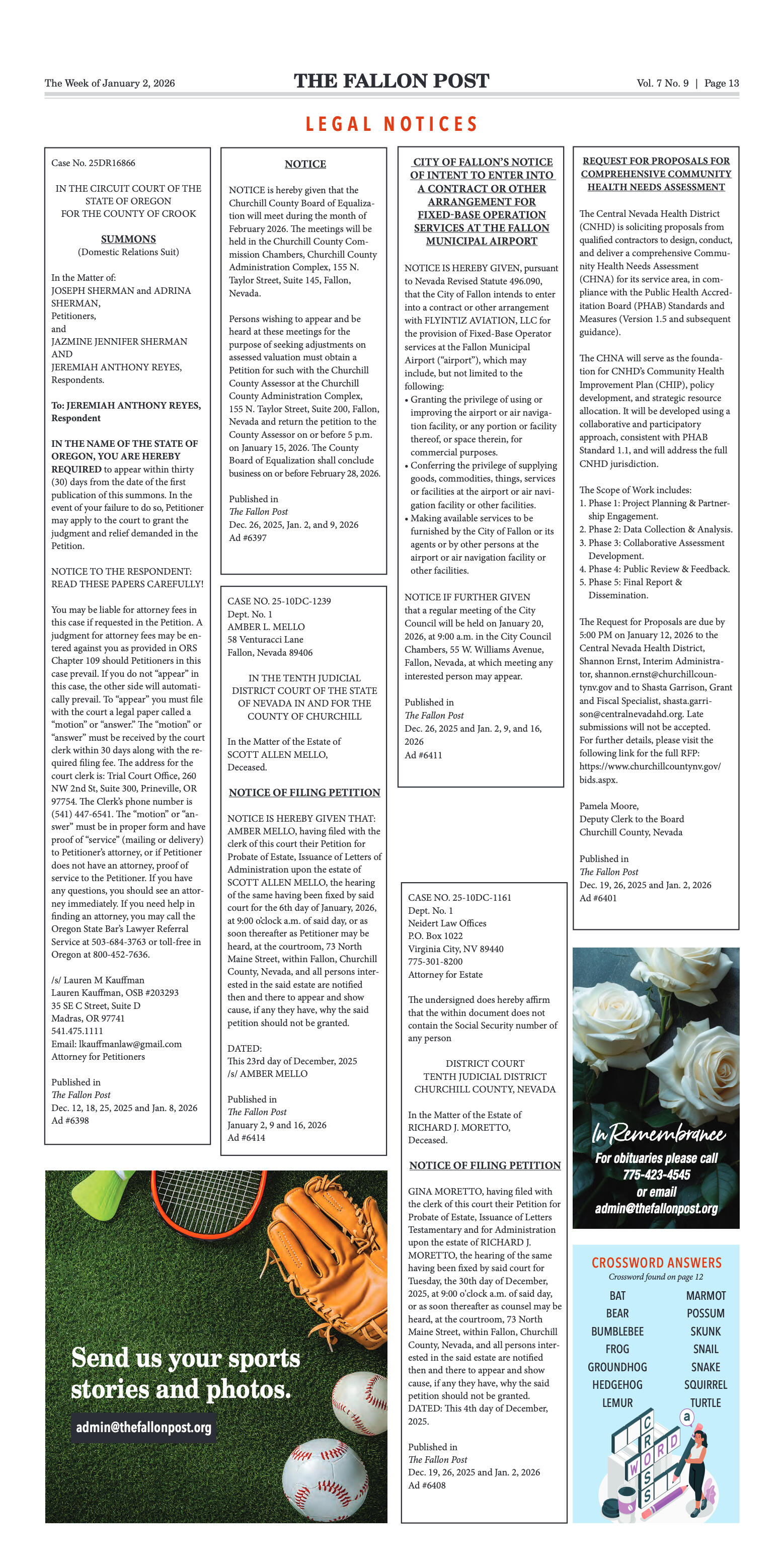
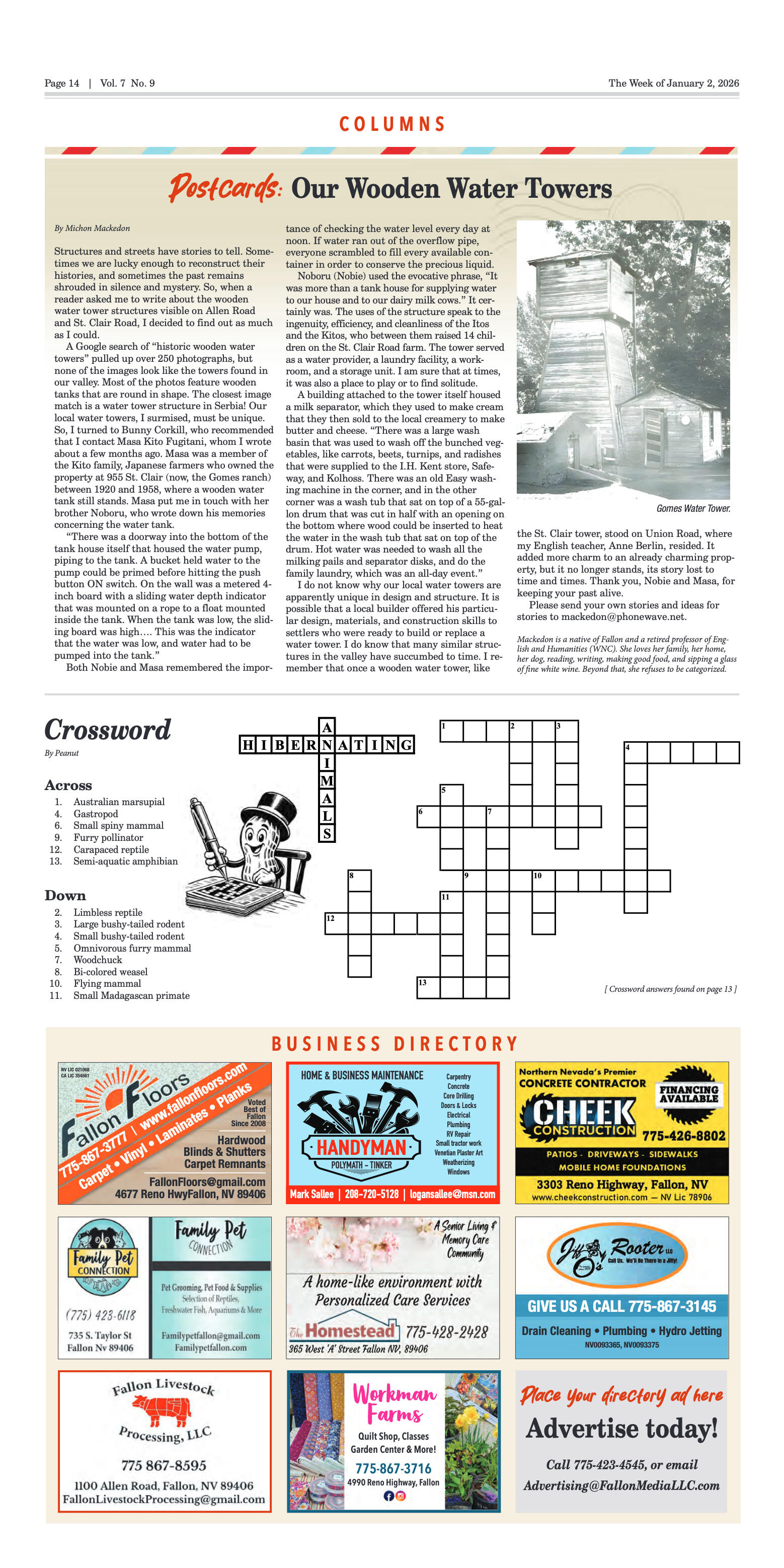

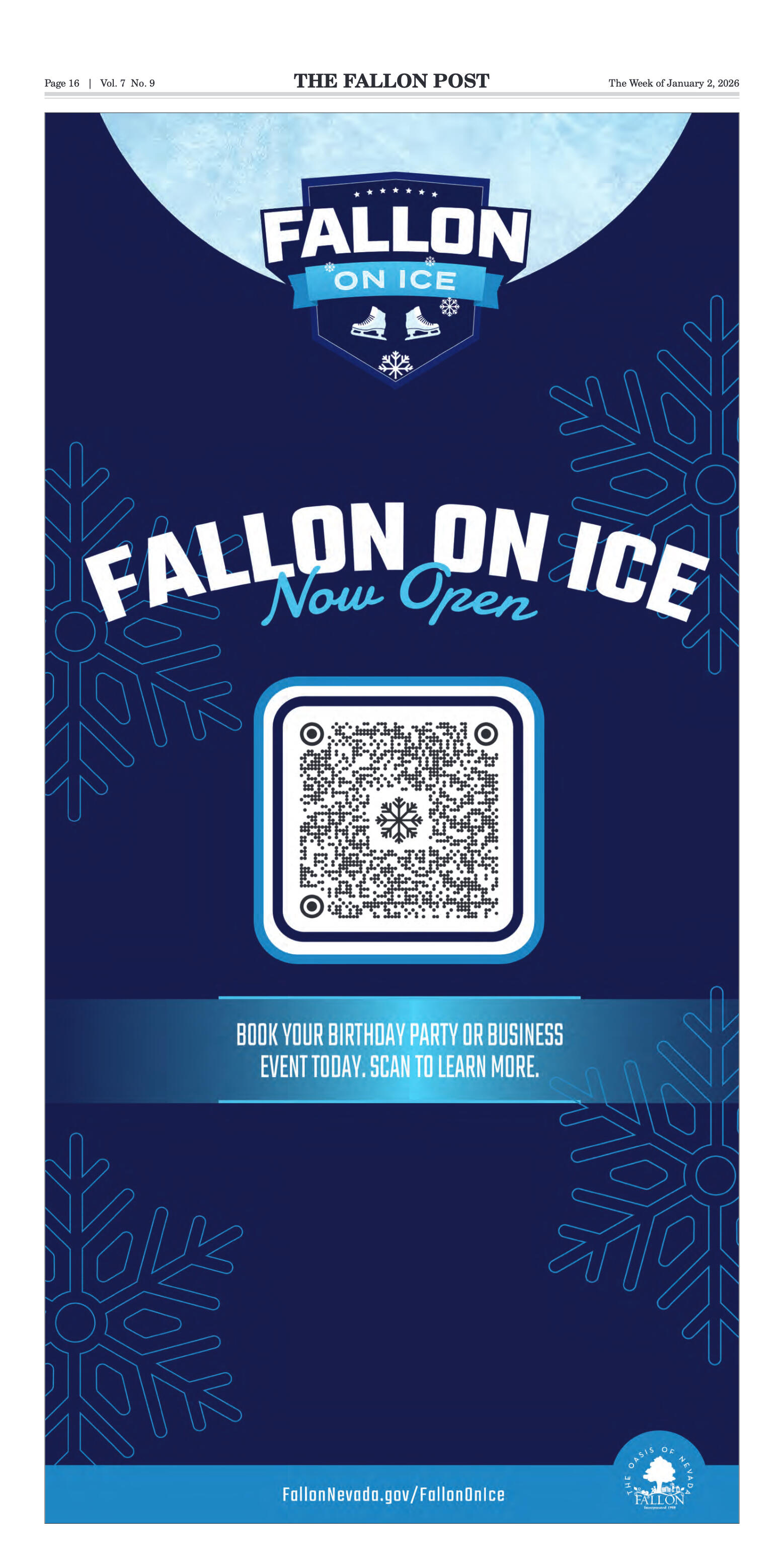

















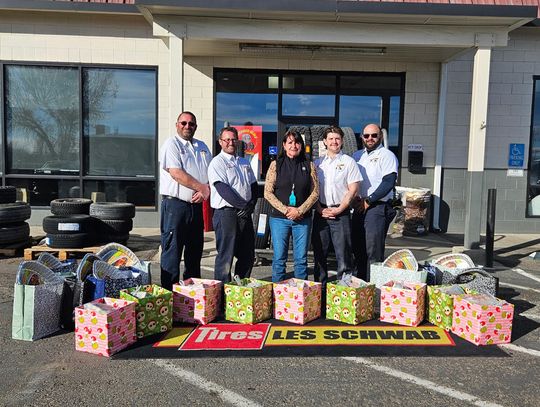




Comment
Comments